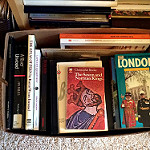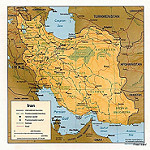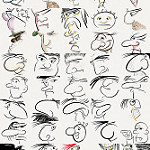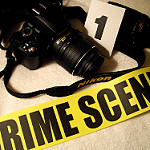You’ve done your research and know the basics of writing an excellent query letter, but what comes next? What happens when that query letter works and an agent requests your novel? At the end of the day, it all comes down to your manuscript. Are you and your manuscript ready for an agent? How do you know? The short answer: Ask yourself whether you’re treating this like a marathon or a sprint.
Once you’ve typed “The End,” you may be tempted to immediately go out and query every agent you can find, but keep in mind that, while it is a major accomplishment to finish writing a novel, even the most practiced authors need to take time to revise. The first draft is where the ideas form on the page, but it is only in subsequent revisions and rewrites that the actual story begins to emerge. Writing, like any other art, is a craft that takes skill and dedication. Keep in mind that you don’t have a deadline. There is all the time in the world for you to work and rework your novel until you have gotten it into the best shape you possibly can.
As you revise, remember that this is your world and you have full control over it. What a liberating superpower! Nothing in your novel is fixed in stone. This means you can have fun and play with everything from characterization to the rules of the world to the stakes and goals that drive the plot.
Some tips for revising:
- Print out your draft and make notes in the margins to highlight moments that can be improved.
- Map out the plot, point by point. Poke as many holes in the logic as possible. Re-map and revise.
- Read the entire novel from start to finish several times, with a different focus each time—plot, character, language, copy editing.
- Read out loud and listen to your words. Hearing can illuminate writer tics in need of eliminating or monotonous sentence structure. Revise with that in mind.
- Share it with trusted readers who will push you even farther. If someone has a crazy suggestion, give it a shot! If it doesn’t work, at least you’ve tried it. Revise again. Repeat.
Whichever revision style you choose (and you can choose more than one!), your goal should be to make your book better, stronger, more powerful.
My biggest piece of advice to new authors is this:
- Set the bar high and take the time needed to get to a masterful final draft.
Too often we get requests from agent-seeking writers asking for a chance to resubmit a now-revised manuscript. Occasionally we may say yes, but more often we have to say no because of time constraints. You might only have one shot at an agent read. Spend it wisely. Remember that each and every draft will make you better at what you do. Keep creating and writing and challenging yourself. Keep running this marathon.










